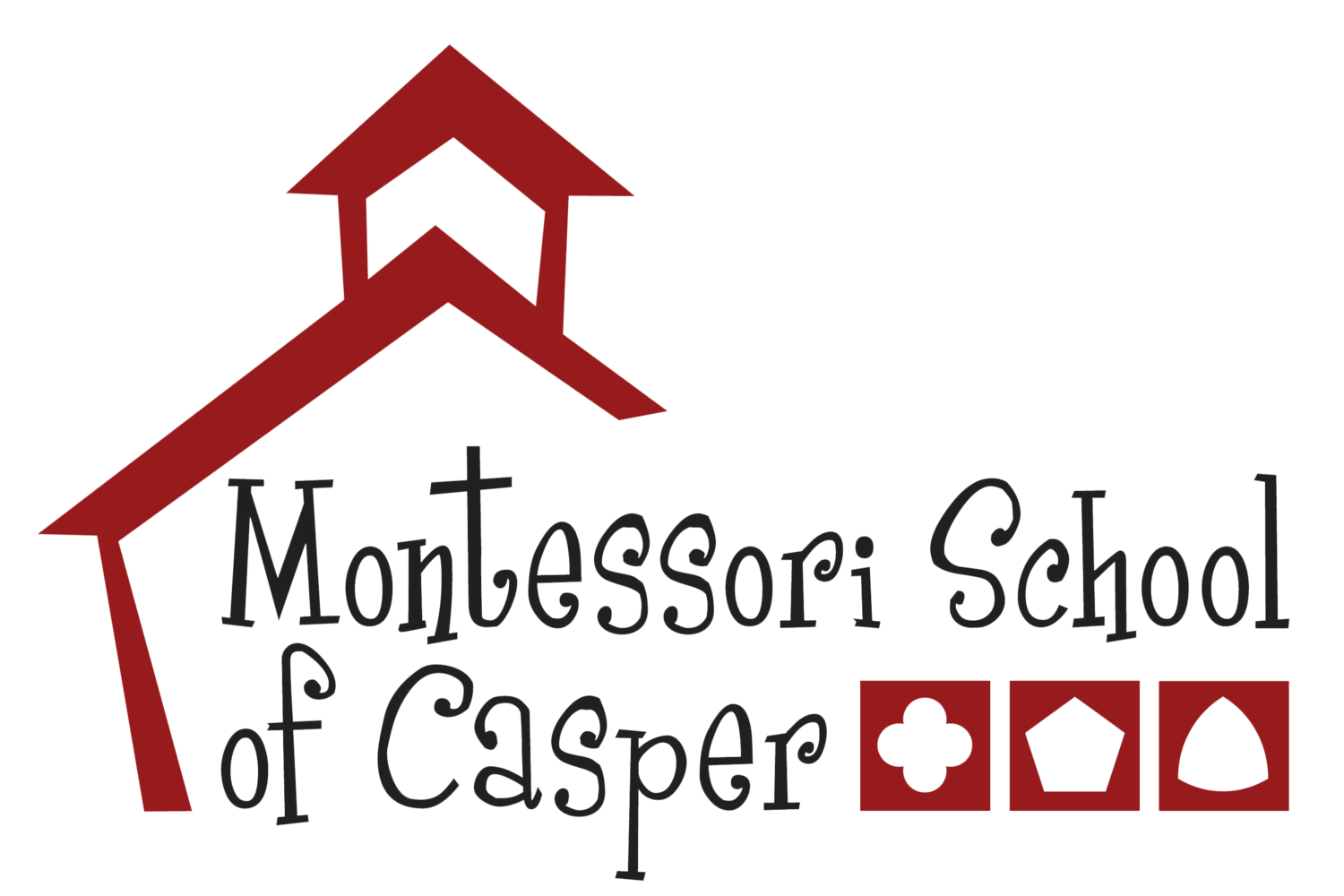What Is Montessori?
Montessori is a comprehensive education starting with the understanding that the child is driven from the earliest moments of life to construct oneself. This construction of mind and body is formed by spontaneous interactions within his environment. Dr. Montessori had no preconceived notions of how to help the child with this development, instead, developing her methods by extensive observations in many different countries over a long period of time.
Her observations led her to discover four major planes of development, each with its own characteristics and objectives.
- 0 - 6 years: The child is forming himself, using his senses to explore the environment.
- 6 - 12 years: The formation of social awareness which the child develops by interacting with his or her peers and community.
- 12 - 18 years: The child moves into adulthood, finding a sense of self.
- 18 - 24 years: The adult becomes a mature being and develops a specialty.
Within each of these planes there are specific needs to be met. These needs are met by humans being drawn to, or having certain sensitivities to, specific aspects of their environment. Children aged from zero to six years, for example, are obsessed with language and order. The sensitivity to language enables children to literally absorb all of the languages they are in contact with. The sensitivity to order allows children to organize and make sense of the world around them.
Human beings also have within each age, specific behavioral tendencies, giving them the ability to adapt to their environments. The human tendencies to explore, order, manipulate, imagine, repeat, work and communicate aid in their evolution.
Dr. Montessori’s observations and work with children led her to develop a special “Prepared Environment”, sensitive to the needs and tendencies of children. Through many years of trial and error, she developed a set of self- correcting materials that isolate one concept, are inviting, and allow for movement and repetition. The environment is a beautiful and homey place that exposes children to art and the diverse aspects of their culture. A complete complement of ages, specific to the plane of development the classroom is addressing, allows children to either learn from and with older children, or to be teachers to those who are younger. The structure of the materials within the classroom and the individual and small group lessons allow children to move about the classroom and choose their work freely from their repertoire of lessons. Through movement and exploration children gain independence, self confidence, analytic thinking skills and satisfaction from their accomplishments.

